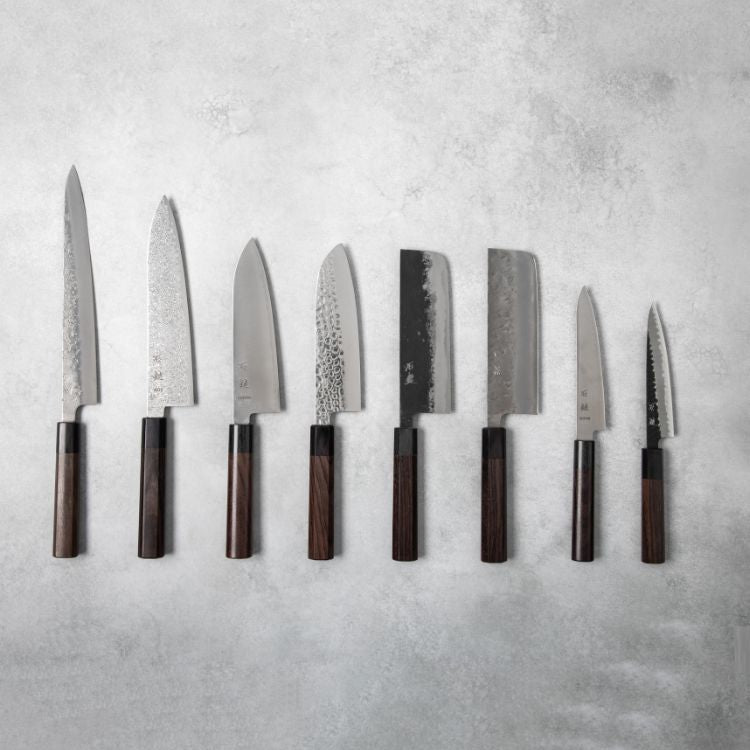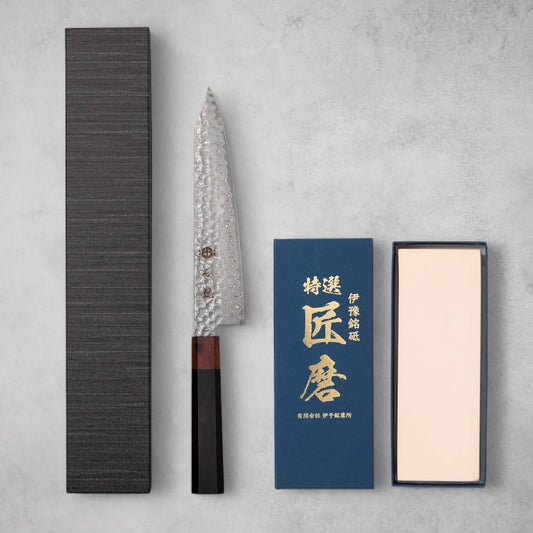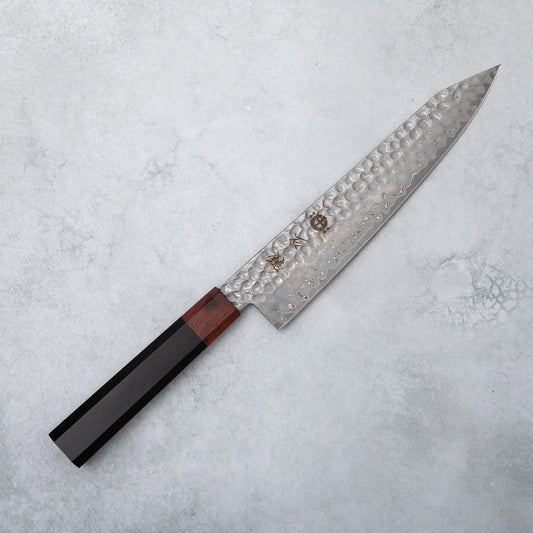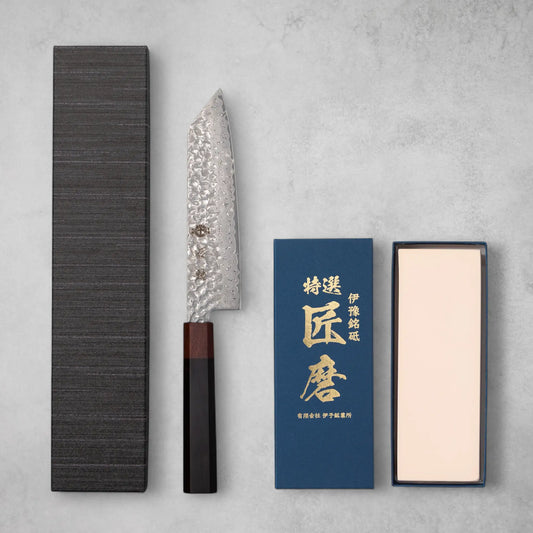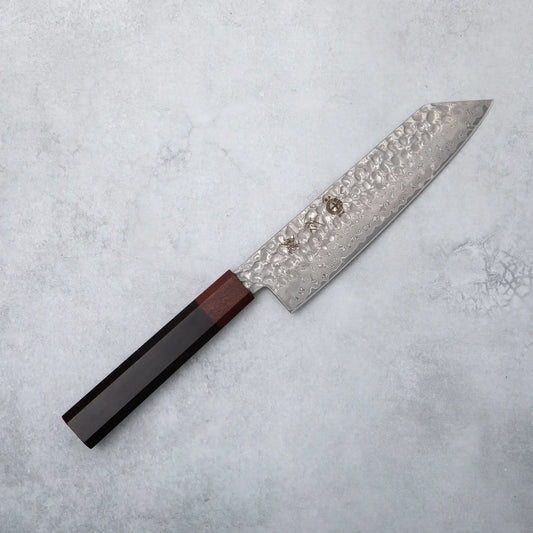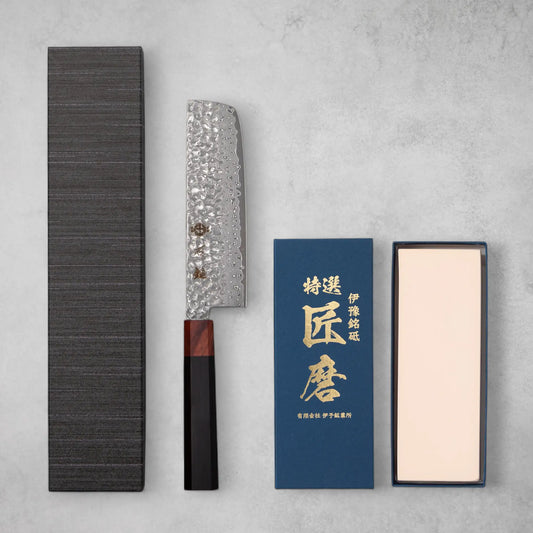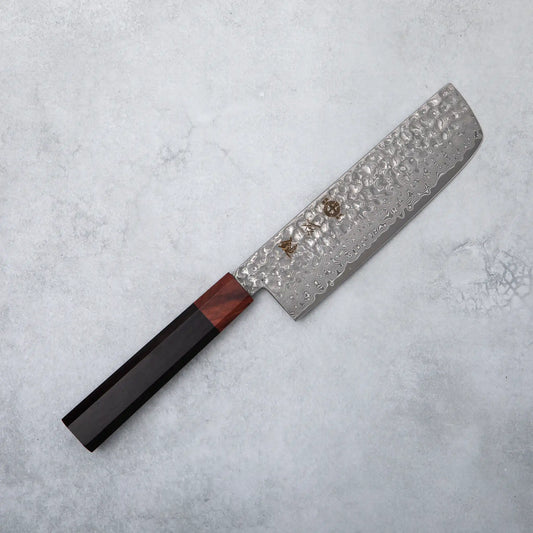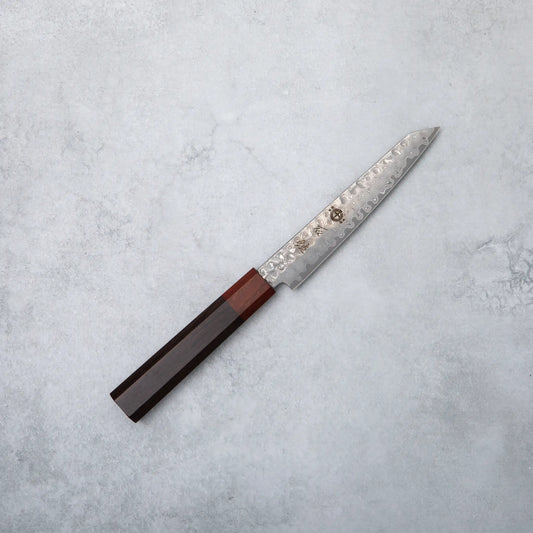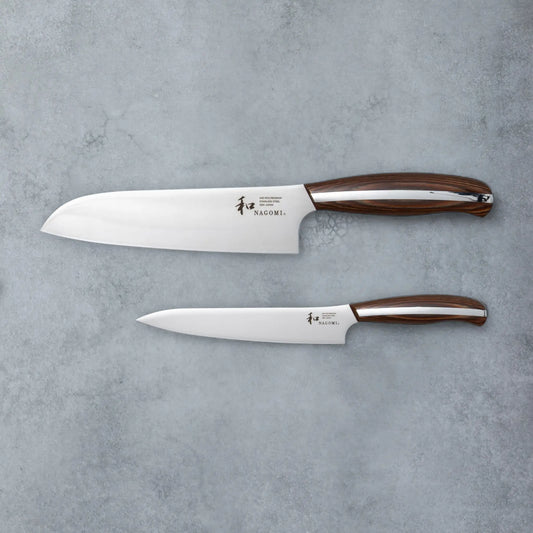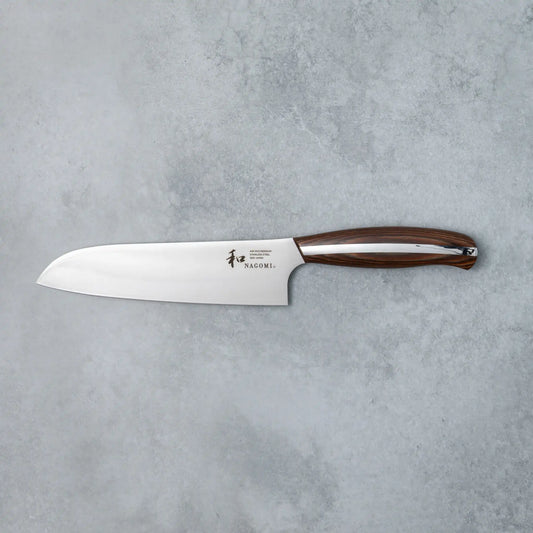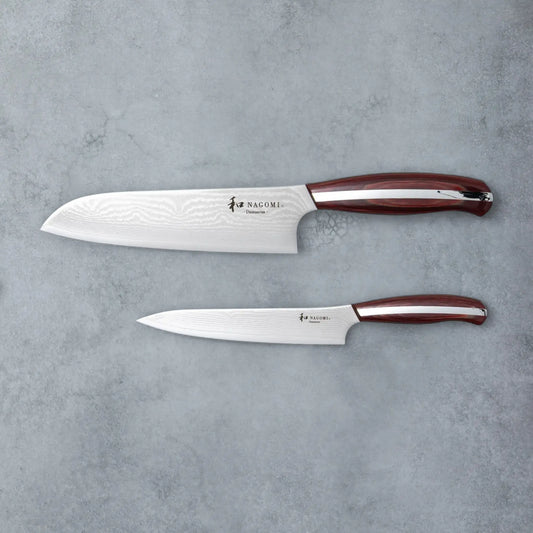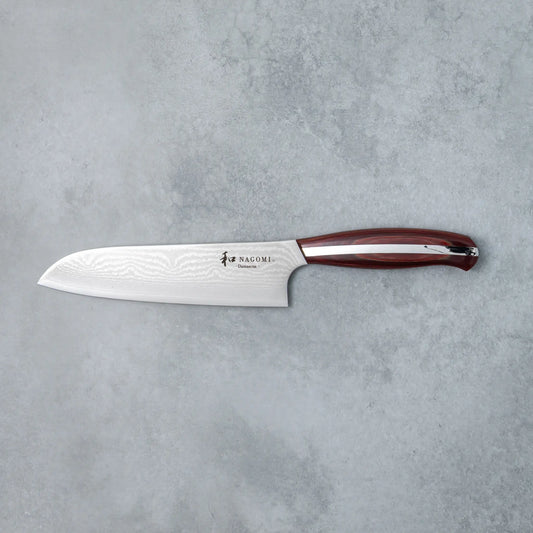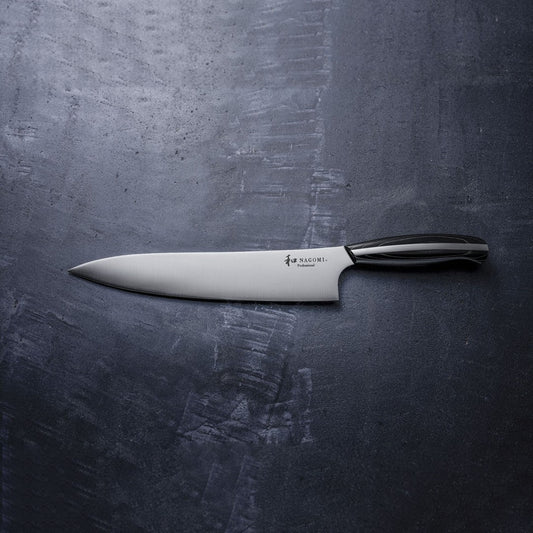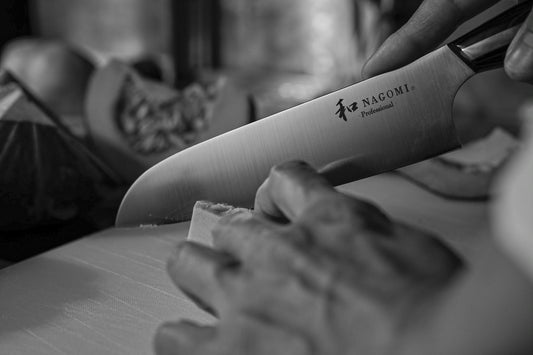When it comes to culinary craftsmanship, Japanese knives are a cut above the rest.
Renowned for their precision, sharpness, and artistry, these knives have captured the hearts of chefs and cooking enthusiasts worldwide. However, navigating the world of Japanese knives can be a daunting task, especially for beginners.
Fear not! In this guide, we'll walk you through the process of selecting the perfect Japanese knife that suits your needs and preferences.
Contents
- Understanding the Different Types of Japanese Knives
- Choosing Based on Your Needs and Preferences
- Blade Maintenance and Care
- Conclusion
Understanding the Different Types of Japanese Knives
Japanese knives come in a variety of shapes and sizes, each designed for specific tasks. Here are five popular types you should know about:
- Chef's Knife (Wa-Gyuto): The Japanese version of the Western chef's knife, the Wa-Gyuto combines the Western shape with Japanese craftsmanship. It offers the versatility of a Gyuto with a Wa-handle for a more traditional feel.
- Santoku Knife: The Santoku knife is a multi-purpose blade with a shorter and wider profile. Its name translates to "three virtues," signifying its suitability for slicing, dicing, and mincing. This knife's flat edge and rounded tip make it a favorite for home cooks seeking ease of use and efficiency.
- Nakiri Knife: If vegetables are your primary focus, the Nakiri knife is your go-to tool. Its rectangular blade excels at precise vegetable prep, such as chopping and slicing. The straight edge and squared-off tip allow you to create uniform cuts, making it ideal for intricate vegetable dishes.
-
Petty Knife: The Petty knife, also known as the utility knife, is a versatile option for smaller tasks. With a narrow and agile blade, it's perfect for delicate work like peeling, trimming, and intricate cuts.
Choosing Based on Your Needs and Preferences

Selecting the perfect Japanese knife involves considering your cooking style, the types of ingredients you work with, and your comfort in handling the knife.
Here are a few factors to keep in mind:
- Blade Length: Longer blades like the Gyuto and Chef's Knife are great for larger tasks, while shorter blades like the Santoku and Petty knife provide better control for finer work. Consider your kitchen space and the size of ingredients you often use.
- Blade Material: High-carbon steel blades are known for their exceptional sharpness and edge retention, while stainless steel blades are more resistant to rust. Choose a material based on your willingness to perform regular maintenance.
- Handle Type: Japanese knives typically come with two handle types: Western-style and Japanese-style (Wa-handle). Western handles resemble those of Western knives and offer a familiar grip. Wa-handles are traditionally crafted and offer a unique aesthetic and grip that some find more comfortable.
Blade Maintenance and Care

Proper maintenance ensures your Japanese knife stays sharp and functional for years to come. Here's how to care for your knife:
- Handwashing: Always wash your knife by hand with mild soap and warm water. Avoid abrasive scrubbers that could damage the blade's finish.
- Drying: Dry your knife immediately after washing to prevent moisture from causing rust. Don't leave it soaking in the sink.
- Sharpening: Regularly hone and sharpen your knife using a whetstone or honing rod. This helps maintain the blade's edge.
- Storage: Store your knife in a knife block, magnetic strip, or blade guard to protect the edge and prevent accidents.
In Conclusion
Choosing the perfect Japanese knife doesn't have to be intimidating. By understanding the different types of knives, considering your needs and preferences, and practicing proper maintenance, you'll be well on your way to owning a culinary tool that enhances your cooking experience.
Whether you opt for the versatile Gyuto, the all-purpose Santoku, the precision-focused Nakiri, the agile Petty, or the traditional Chef's Knife, your Japanese knife will undoubtedly become an indispensable part of your kitchen journey. Happy slicing and dicing!
